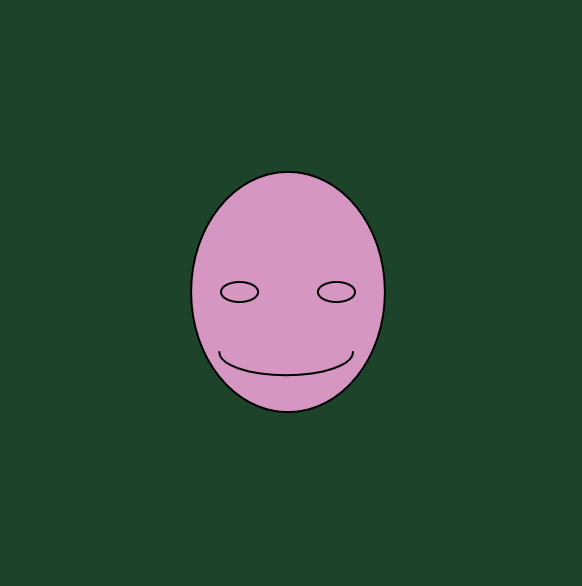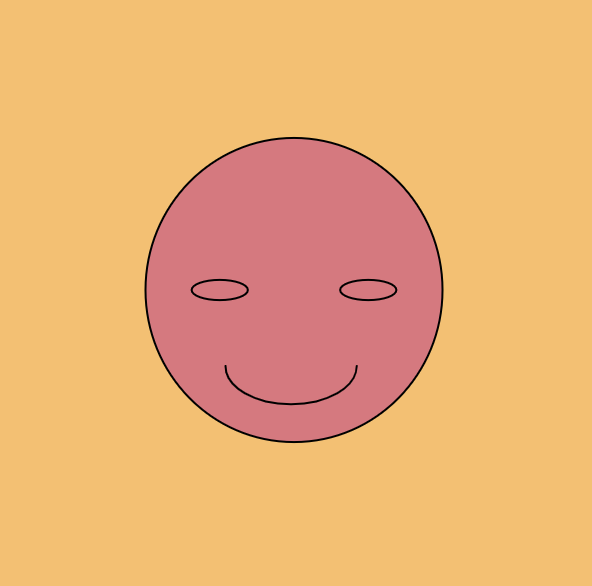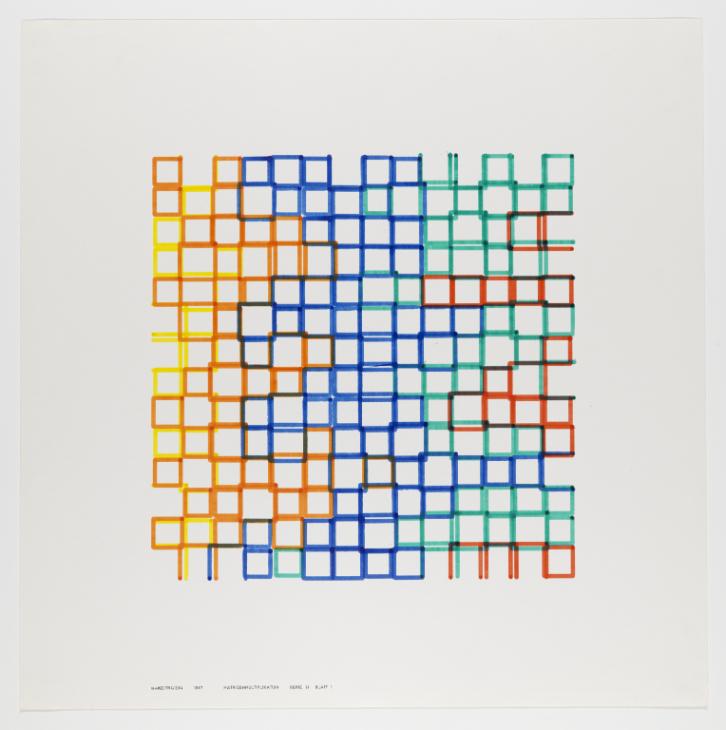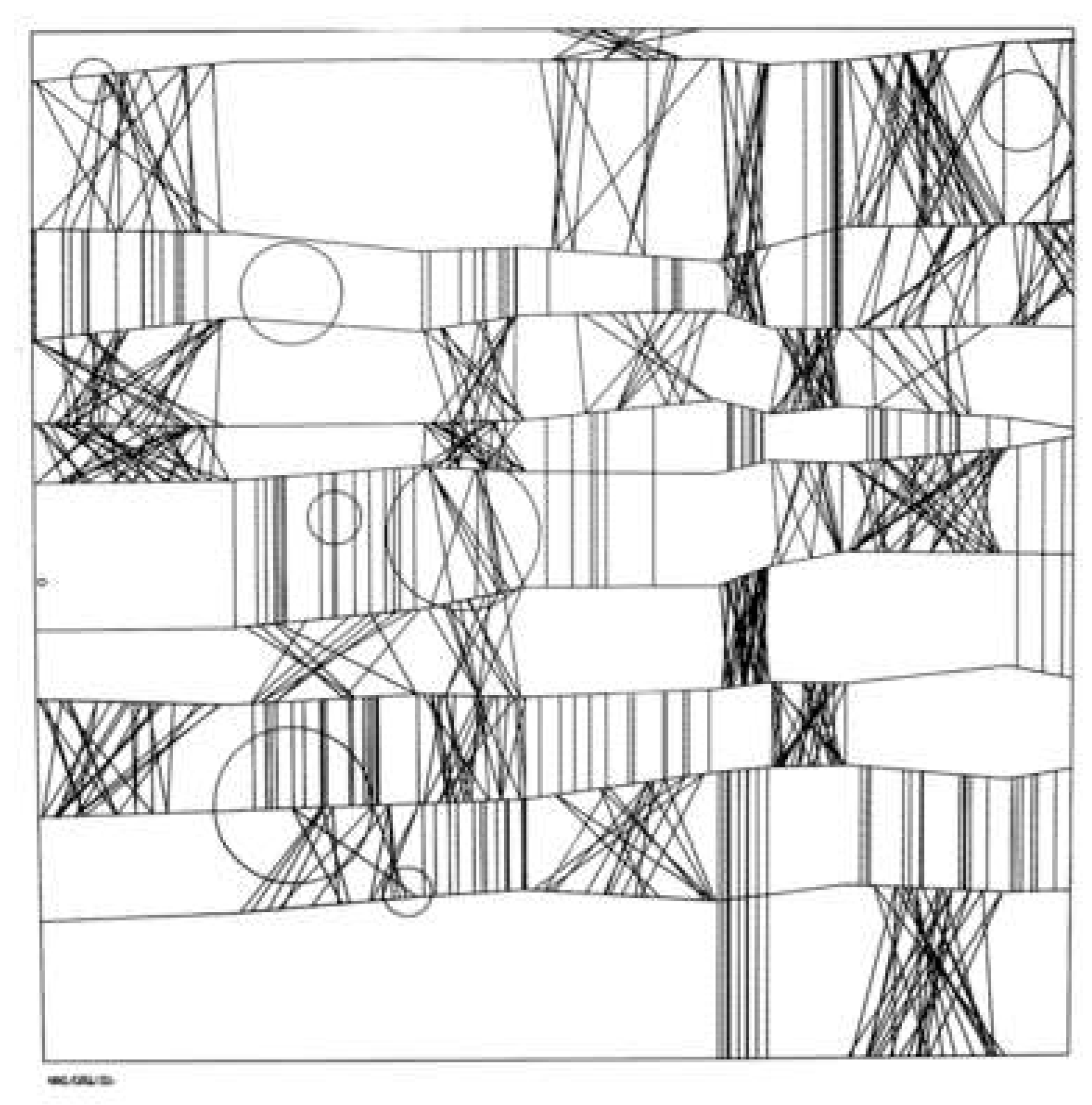I am most inspired by the work of Amanda Ghassaei. She has been making groundbreaking artwork for years and continues to push computational art’s limits. One project of hers that I admire is her locked letters project which she worked on in 2021. Letter-locking is the practice where a letter becomes its own envelope through a series of complex folds. Ghassaei uses x-ray microtomography and a fascinating “virtual unfolding” method to read sealed letters without even opening them. Although I am not familiar with microtomography, according to her website she uses “3D reconstruction of the folded packet using data collected by a high-resolution microtomography scanner” to create her artwork. Additionally, I really admire her work on 3D printing a record player(2012). I commend this because it is a rarity in the 3D printing realm, and it actually produces music just like any other vinyl! According to her website, she imported raw audio data, did some geometrical calculations, and eventually exported this geometry directly to a 3D printable file format. Check her work out below!
Locked Letters (2021)
https://amandaghassaei.com/projects/locked_letters/
3D Printed Record (2012)
https://amandaghassaei.com/projects/3D_printed_record/
By: Katie Makarska
![[OLD SEMESTER] 15-104 • Introduction to Computing for Creative Practice](https://courses.ideate.cmu.edu/15-104/f2022/wp-content/uploads/2023/09/stop-banner.png)





